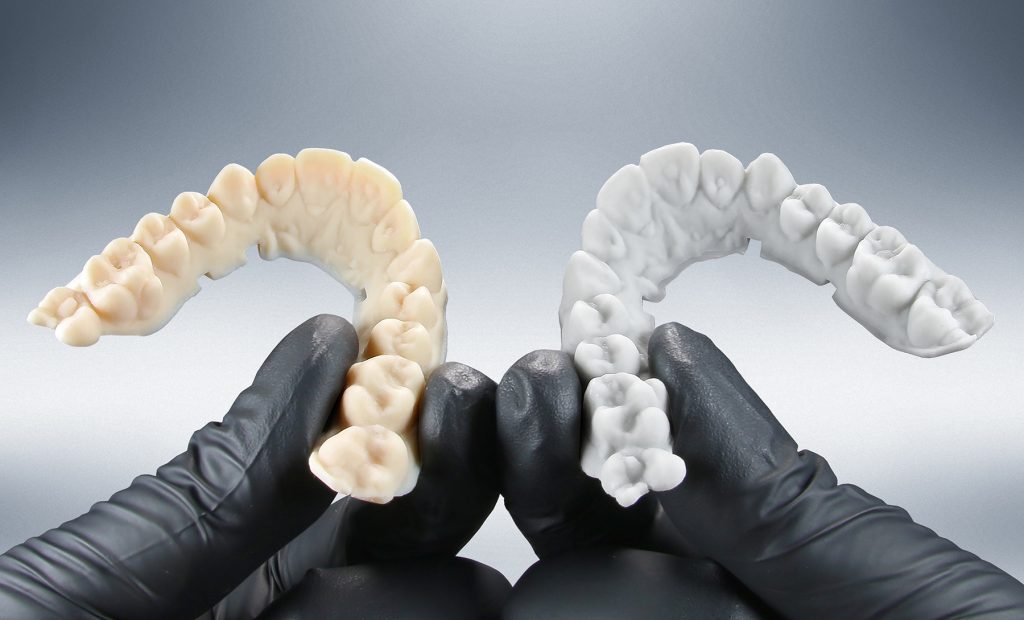
Fremont, CA August 30, 2016: Medical devices could be the next big recipient of the immense benefits being bestowed by 3D printing technology. This is becoming a rapidly growing sector in the life sciences industry, of which medical devices are a part.
First, a small understanding of 3D printing:
The 3D printer is being hailed as among the next big thing to happen in the world of technology. Also called additive manufacturing, 3D printing uses technology to create three-dimensional solid objects from out of a digital file. In other words, it has the ability to create virtual design out of still files. Using a 3D scanner, a user can create a digital copy out of any solid object in a paper or electronic file. Its use and application are said to carry such profound potential that it is being hailed as the harbinger of the third industrial revolution by many futurologists.
This application has tremendous uses for a number of fields, such as architecture, automotive, defense. The area of medical devices is also among the areas that could be heavily influenced by 3D printing technology. The way in which medical devices are being made, and more importantly, the way in which they are set for use in patients, could change dramatically in the future with the introduction of 3D printing technology in this industry.
How it works in the healthcare industry:
At the basic level, a professional in the healthcare industry, such as a surgeon, physician, nurse, physiotherapist, or such other professionals can use this technology to bring about drastic changes into the way patients are going to be treated for a number of ailments. The adaption for 3D printing technology into a number of important areas of medical science can bring about a fundamental shift in the way treatments are going to be carried out.
At its core, 3D printing technology can usher in an age of customized treatment at a higher level by giving healthcare professionals the opportunity to customize and tailor medical devices, as well as medications, to the specific needs of the individual, instead of administering mass, assembly line-produced drugs and devices. If the use of 3D printing technology is taken to its logical conclusion, we could in future have clear imagery of the extent to which a certain tablet or syrup gets dissolved in a patient’s body, the extent to which it is delivering the dosage of the molecule at the strength meant for treating the disease, and the extent to which the medication being given for killing specific viruses, bacteria or germs is actually carrying out its work in each patient. Till now, we have had only generalized approaches to fixing medication dosage. This is likely to change in the future with the advent of 3D printing technology into healthcare.
Use of 3D printing technology into surgery, where its use is even more efficient. A surgeon can get very clear images of the extent of bone breakage, for instance, in a patient and have a device ordered to fit these exact specifications. This is a huge upward movement in the way healthcare is changing with 3D printing.
Challenges:
Despite the enormous benefits and advantages of this new technology; the concept of 3D printing is not without its challenges. The most important challenge relates to the regulation of this technology. For any such product to be put to use in the market, it has to be approved by the FDA. 3D printing technology being completely new, the regulatory agency is struggling to come to terms with how to define the regulatory process for products that come with this technology.
FDA says it is not getting the help it is seeking:
Regulatory guidelines are difficult to frame for the reason of 3D printing technology being in its early stages. Although the FDA has approved the sale of a few medical patient-specific orthopedic implants that carry this technology; it is still muddled about how to frame industry-wide regulatory guidelines in the way it is used to doing, because of the absence of an established framework for this process; the FDA is finding it increasingly difficult to do this.
In a recent exercise, the FDA called for feedback from the industry in order to help it frame regulatory guidelines, something it usually does whenever it needs to frame new regulatory guidelines or alter existing ones. To its unpleasant surprise, it found that in the first two-and-a-half months since May when it opened its draft suggestion for public response, it received just three comments. This goes on to show the difficulty the FDA is facing in carrying out its work of regulating medical products that come with the 3D printing technology.
